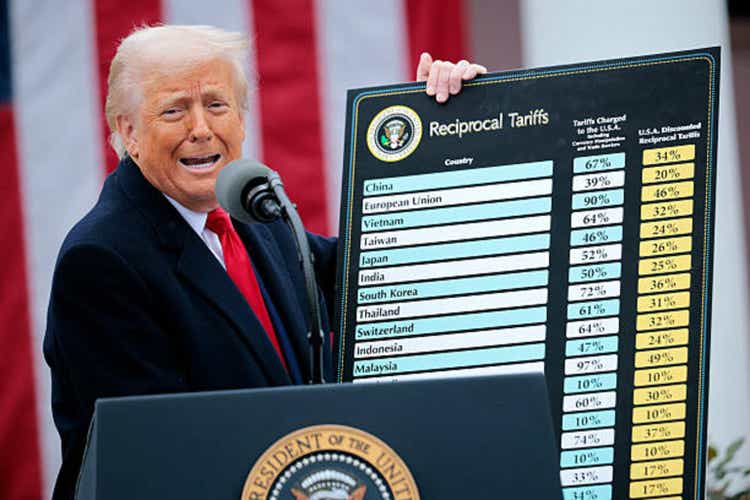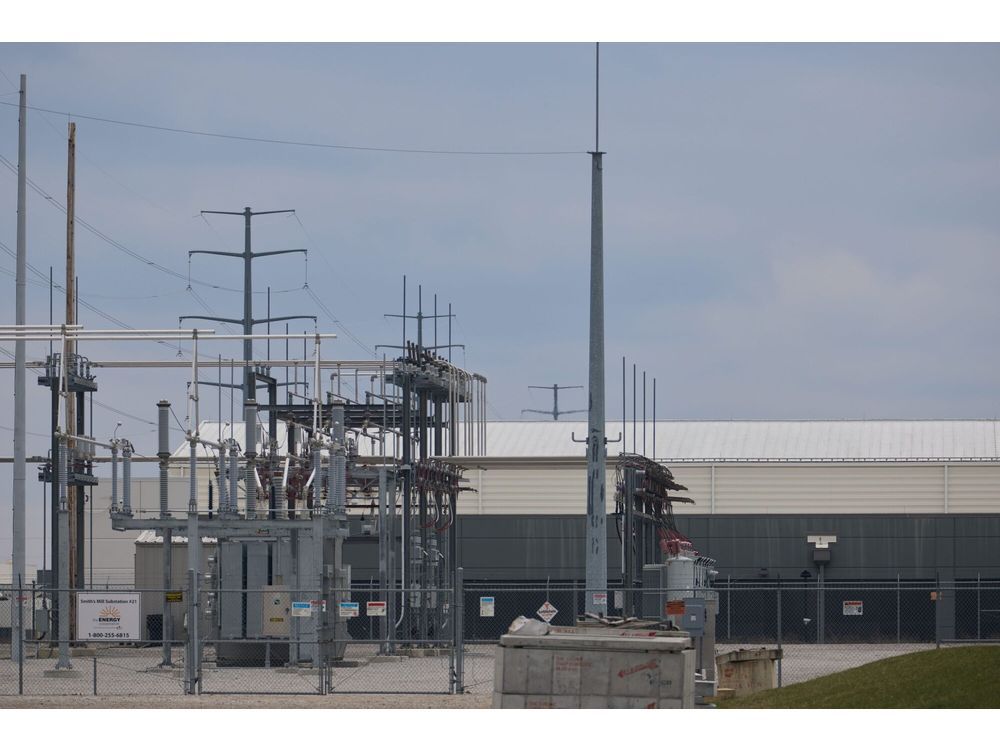PROTECT YOUR DNA WITH QUANTUM TECHNOLOGY
Orgo-Life the new way to the future Advertising by AdpathwayAs the July 9 tariff deadline approaches, markets are watching closely for a breakthrough in the ongoing India–US trade negotiations — a deal that could not only avert steep duties on Indian exports but also trigger a potential breakout in equity indices. With pressure mounting to resolve disputes over agricultural access, GM crop certification, and industrial tariffs, investors are hopeful that even an interim agreement could boost sectoral sentiment, particularly in textiles, pharma, auto parts, and steel.
GM-Certification Progress Could Tip the Scales
A major bottleneck has been India’s non-GMO crop import rules. The current compromise on the table—allowing US exporters to self-certify non-GMO status and providing clear crop catalogues—could significantly simplify compliance and unblock critical trade barriers.
36 per cent Tariff Risk without a Deal Threatens Exporters
Absent a deal, Indian exporters face tariffs as high as 36 per cent, including a steep 26% reciprocity levy targeting textiles, pharmaceuticals, electronics, auto parts, and steel. Analysts believe that eliminating this risk could provide direct sectoral gains and trigger renewed FII inflows, helping India inch closer to its $500 billion bilateral trade goal.
Interim Deal by July 9 Seen as Likely Market Relief
Experts suggest a phased agreement is more probable than a final package. Markets expect an interim deal before July 9, tackling key sticking points—tariffs, agri-access, GM-crop compliance—while leaving full resolution for later.
Selective US Imports May Come Through Muted Opposition
India appears poised to hold firm on dairy, agriculture, and data-control terms. Yet, select concessions may come through—allowing high-end auto imports, LNG, or defence goods—offering the US market wins without undermining domestic policy goals.
Investors Watching for Clarity on Key Issues
Should clarity emerge on GM certification and tariff reductions, export-led sectors stand to gain significantly. Even partial resolution could support sustained momentum in both export plays and broad-market indices.


 1 week ago
2
1 week ago
2










 English (US) ·
English (US) ·  French (CA) ·
French (CA) ·  French (FR) ·
French (FR) ·